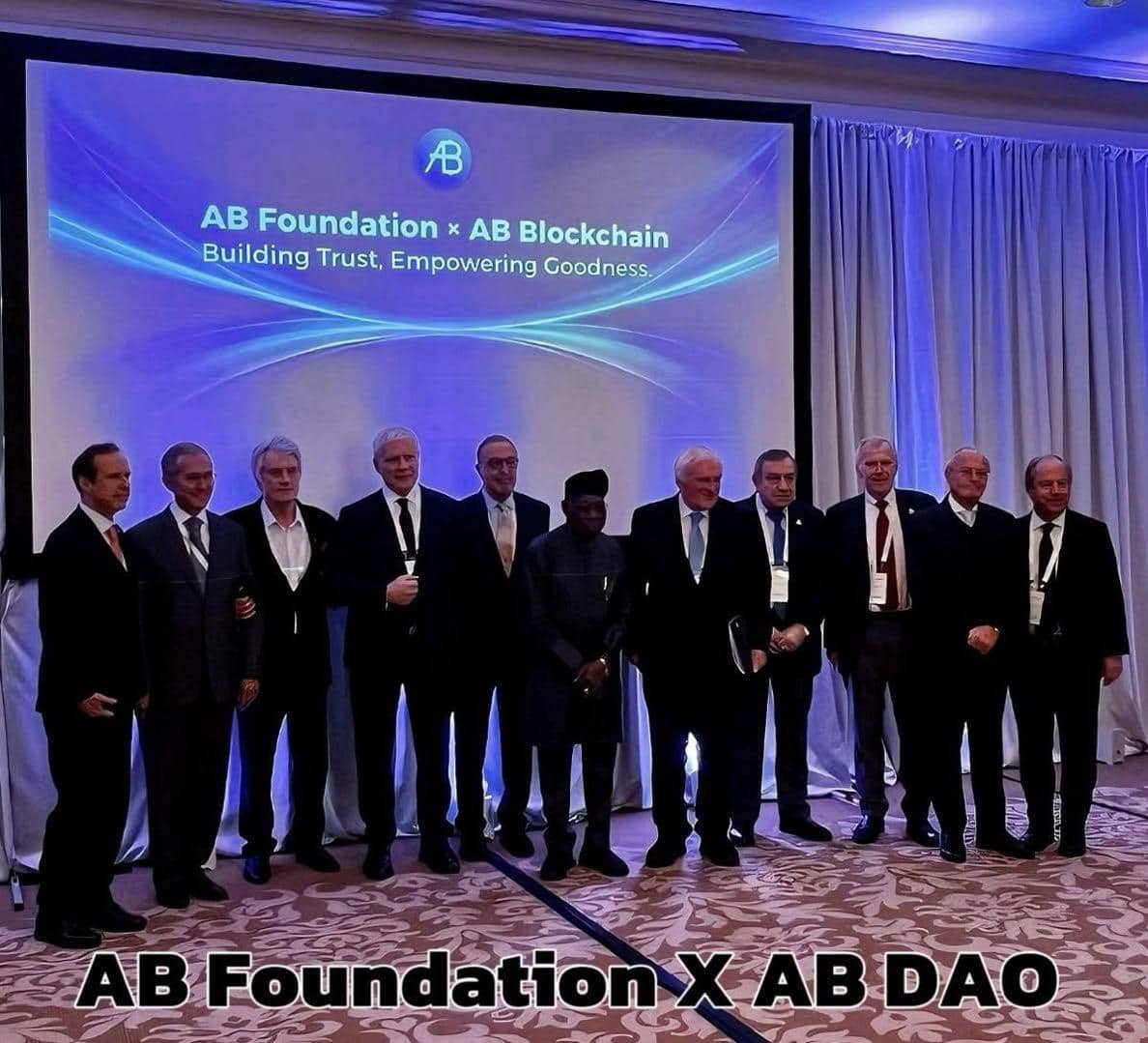 Aave DAO activates on-chain slashing mechanism with ‘Umbrella’ launch Liam 'Akiba' Wright · 23 mins ago · 3 min read
Aave DAO activates on-chain slashing mechanism with ‘Umbrella’ launch Liam 'Akiba' Wright · 23 mins ago · 3 min read
Umbrella launch replaces governance votes with autonomous slashing and boosts on-chain safety.

Cover art/illustration via CryptoSlate. Image includes combined content which may include AI-generated content.
Aave has launched Umbrella, a fully on-chain staking-based risk management system designed to replace its legacy Safety Module with a more automated and capital-efficient framework.
Built by BGD Labs and ratified by Aave governance, Umbrella allows users to stake interest-bearing aTokens, such as aUSDC, aWETH, and GHO, to provide real-time, automated coverage for bad debt across the Aave Protocol.
Aave Umbrella roll out
The rollout began June 5 on Ethereum and will expand to other networks, with asset-specific implementations managed by the Aave DAO.
Unlike the previous Safety Module, which relied on AAVE and ABPT as collateral and required governance votes to trigger slashing, Umbrella enables staked assets to be burned automatically in the event of a deficit, reducing reliance on governance intervention.
This structural shift allows Aave to respond instantly to on-chain shortfalls using interest-bearing Aave deposit tokens. The result is a staking mechanism that doubles as a rapid on-chain response buffer, protecting the protocol’s solvency without interrupting user earnings.
Users who stake aTokens into the Umbrella system receive base yield from the underlying lending markets alongside protocol rewards such as AAVE and GHO. In return, they accept the risk of slashing, which is confined to the specific asset and network where the stake is deployed.
For example, staking aUSDC contributes to USDC deficit coverage only, a design that isolates risk and avoids broader contagion across assets. Cooldown and withdrawal periods are encoded into the system, with a 20-day lock-in and a two-day redemption window.
Umbrella structured around three smart contracts
Per the activation proposal posted on Aave’s governance forum, Umbrella is structured around three key smart contracts: StakeTokens, which manage individual asset staking; Rewards Controller, which dynamically adjusts incentives based on a mathematically modeled emission curve; and Umbrella Core, which monitors Aave V3 liquidity pools and initiates slashing events as needed.
Each component is upgradeable by the DAO and designed to operate autonomously within predefined parameters.
The new system was made possible by Aave v3.3, which introduced on-chain deficit tracking and optimized liquidation mechanisms. These updates enable Umbrella to detect unresolved debt left after liquidations and take corrective action immediately, replacing governance-mediated resolution mechanisms that have previously slowed protocol response times.
According to Aave Labs founder Stani Kulechov, this marks a step toward autonomous on-chain safety, aligning user incentives with protocol health in a non-custodial manner. Specifically, he said,
“Umbrella is a major step toward fully autonomous, onchain risk management. It advances Aave’s mission to make DeFi safer, more resilient, and easier for anyone to use.”
The initial Umbrella rollout focuses on high-borrow demand assets such as USDC, USDT, WETH, and GHO. The Aave DAO will set and periodically adjust reward structures, target staking levels, and expansion parameters, with execution delegated to the protocol’s Finance Committee.
How it works and security protocols
Staking operations and protocol exposure monitoring are accessible via a dedicated UI, which integrates with the main Aave app and is designed for decentralized hosting and third-party integration.
As part of the transition plan, the legacy Safety Module’s stkAAVE and stkABPT contracts will remain operational during an interim period, with slashing disabled once Umbrella reaches sufficient scale.
Meanwhile, staked GHO (stkGHO) is being transitioned into savings GHO (sGHO), removing both cooldown requirements and slashing risk while preserving yield opportunities. This restructuring aims to streamline Aave’s risk infrastructure and simplify participation in protocol protection.
Umbrella’s implementation has undergone four independent security audits by Certora, MixBytes, Ackee Blockchain, and StErMi. These reviews aim to ensure system resilience before scaling across additional chains and assets.
While slashing risk and lock-up periods may deter certain users from staking, the protocol’s asset-specific design and automation could make it a model for future risk systems in decentralized finance.
By embedding risk coverage directly into yield-generating assets and removing the need for DAO votes to address shortfalls, Aave introduces an autonomous system that reshapes how liquidity protocols manage protocol risk at scale.


















 English (US) ·
English (US) ·